当前位置:网站首页>深度学习100例 —— 卷积神经网络(CNN)识别眼睛状态
深度学习100例 —— 卷积神经网络(CNN)识别眼睛状态
2022-08-11 08:52:00 【Ding Jiaxiong】
活动地址:CSDN21天学习挑战赛
深度学习100例——卷积神经网络(CNN)识别眼睛状态
- 本文为365天深度学习训练营 中的学习记录博客
- 参考文章地址: 深度学习100例-卷积神经网络(CNN)识别眼睛状态 | 第17天
我的环境
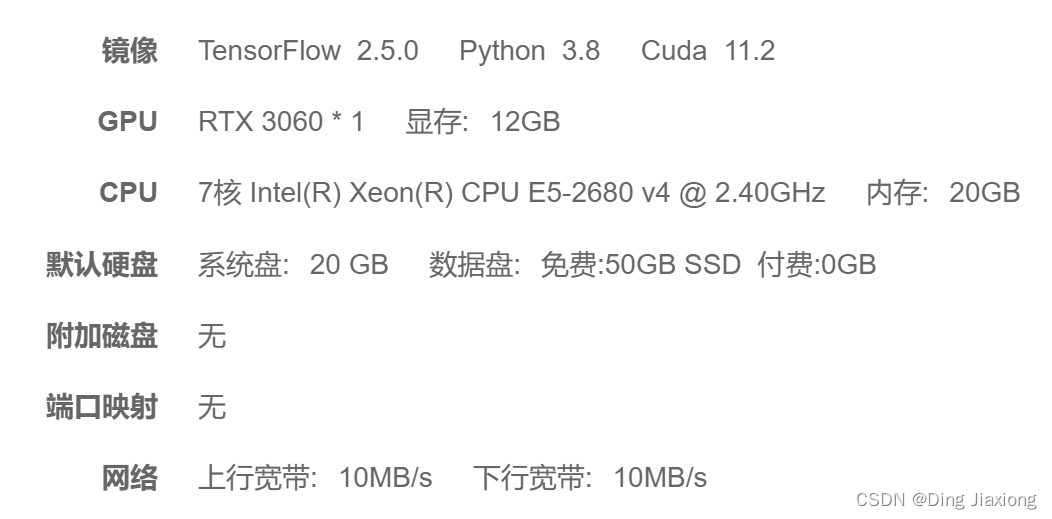
1. 前期准备工作
1.1 设置GPU
import tensorflow as tf
gpus = tf.config.list_physical_devices("GPU")
if gpus:
tf.config.experimental.set_memory_growth(gpus[0], True) #设置GPU显存用量按需使用
tf.config.set_visible_devices([gpus[0]],"GPU")
# 打印显卡信息,确认GPU可用
print(gpus)
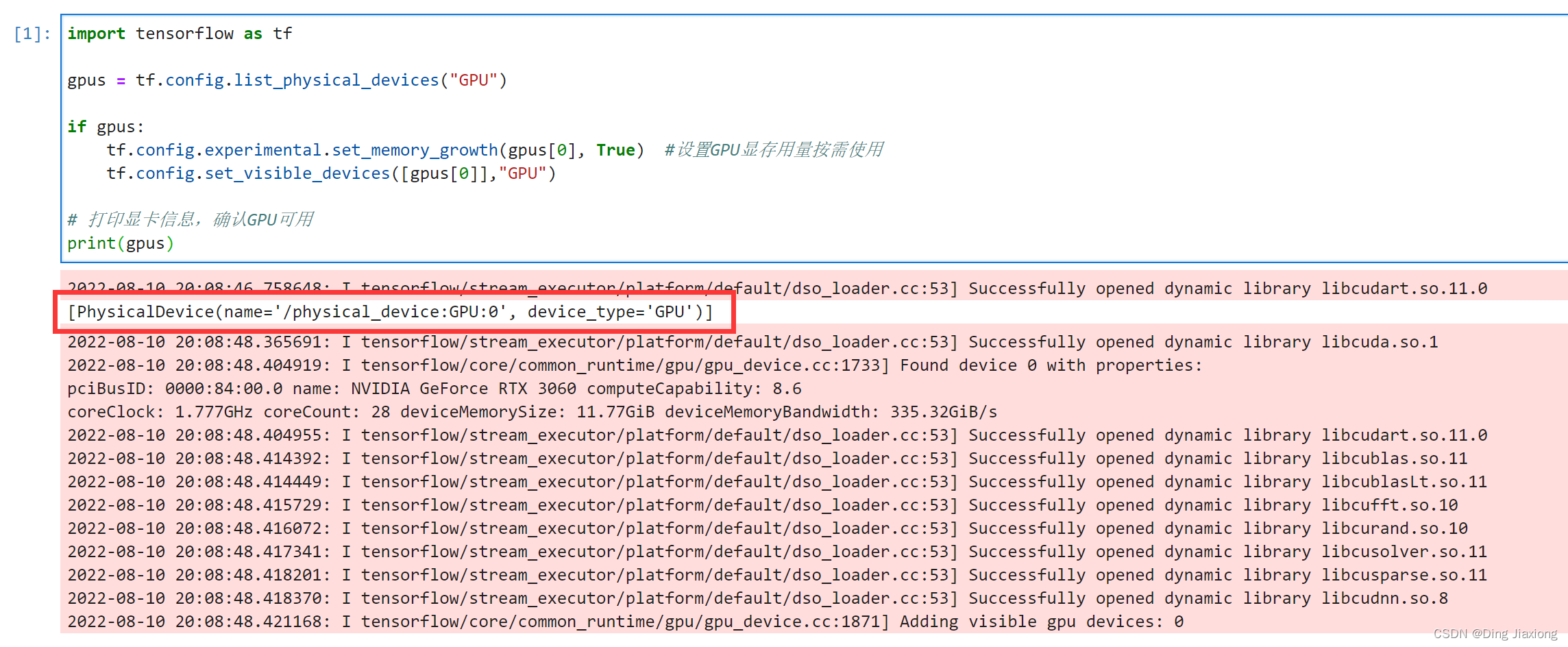
1.2 导入数据
import matplotlib.pyplot as plt
# 支持中文
plt.rcParams['font.sans-serif'] = ['SimHei'] # 用来正常显示中文标签
plt.rcParams['axes.unicode_minus'] = False # 用来正常显示负号
import os,PIL
# 设置随机种子尽可能使结果可以重现
import numpy as np
np.random.seed(1)
# 设置随机种子尽可能使结果可以重现
import tensorflow as tf
tf.random.set_seed(1)
import pathlib
data_dir = "第17天/017_Eye_dataset"
data_dir = pathlib.Path(data_dir)
1.3 查看数据
image_count = len(list(data_dir.glob('*/*')))
print("图片总数为:",image_count)

2. 数据预处理
2.1 加载数据
batch_size = 64
img_height = 224
img_width = 224
train_ds = tf.keras.preprocessing.image_dataset_from_directory(
data_dir,
validation_split=0.2,
subset="training",
seed=12,
image_size=(img_height, img_width),
batch_size=batch_size)
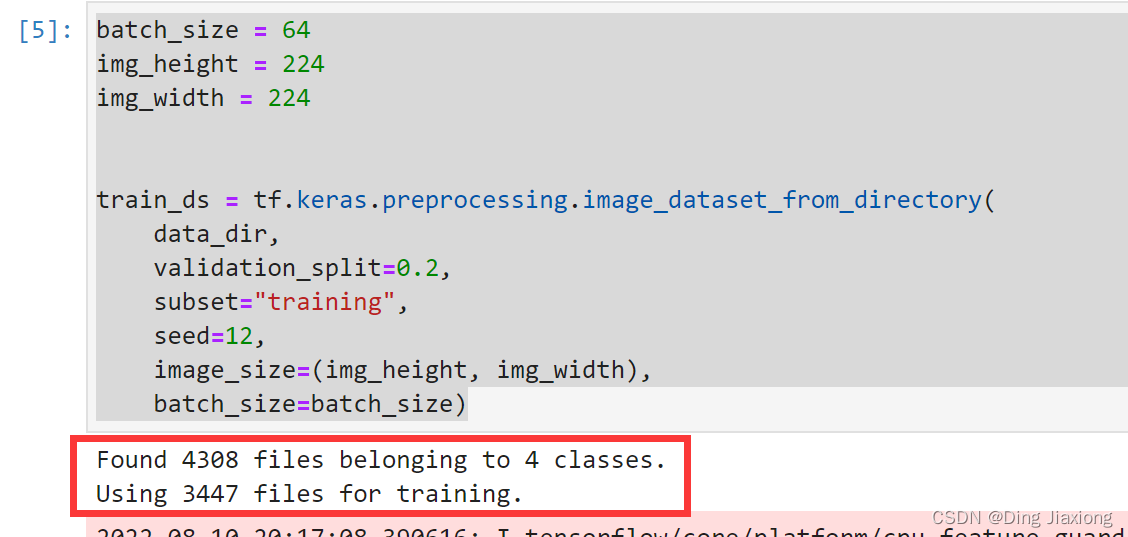
val_ds = tf.keras.preprocessing.image_dataset_from_directory(
data_dir,
validation_split=0.2,
subset="validation",
seed=12,
image_size=(img_height, img_width),
batch_size=batch_size)
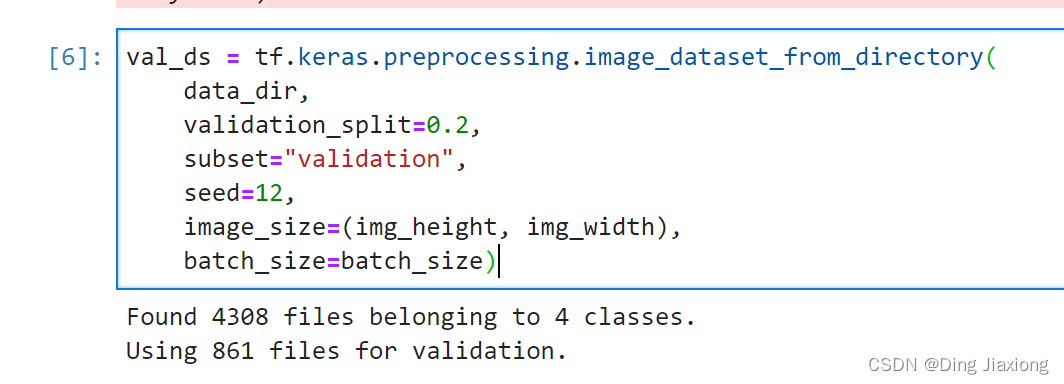
通过class_names输出数据集的标签。标签将按字母顺序对应于目录名称。
class_names = train_ds.class_names
print(class_names)

2.2 可视化数据
plt.figure(figsize=(10, 5)) # 图形的宽为10高为5
plt.suptitle("datashow")
for images, labels in train_ds.take(1):
for i in range(8):
ax = plt.subplot(2, 4, i + 1)
ax.patch.set_facecolor('yellow')
plt.imshow(images[i].numpy().astype("uint8"))
plt.title(class_names[labels[i]])
plt.axis("off")
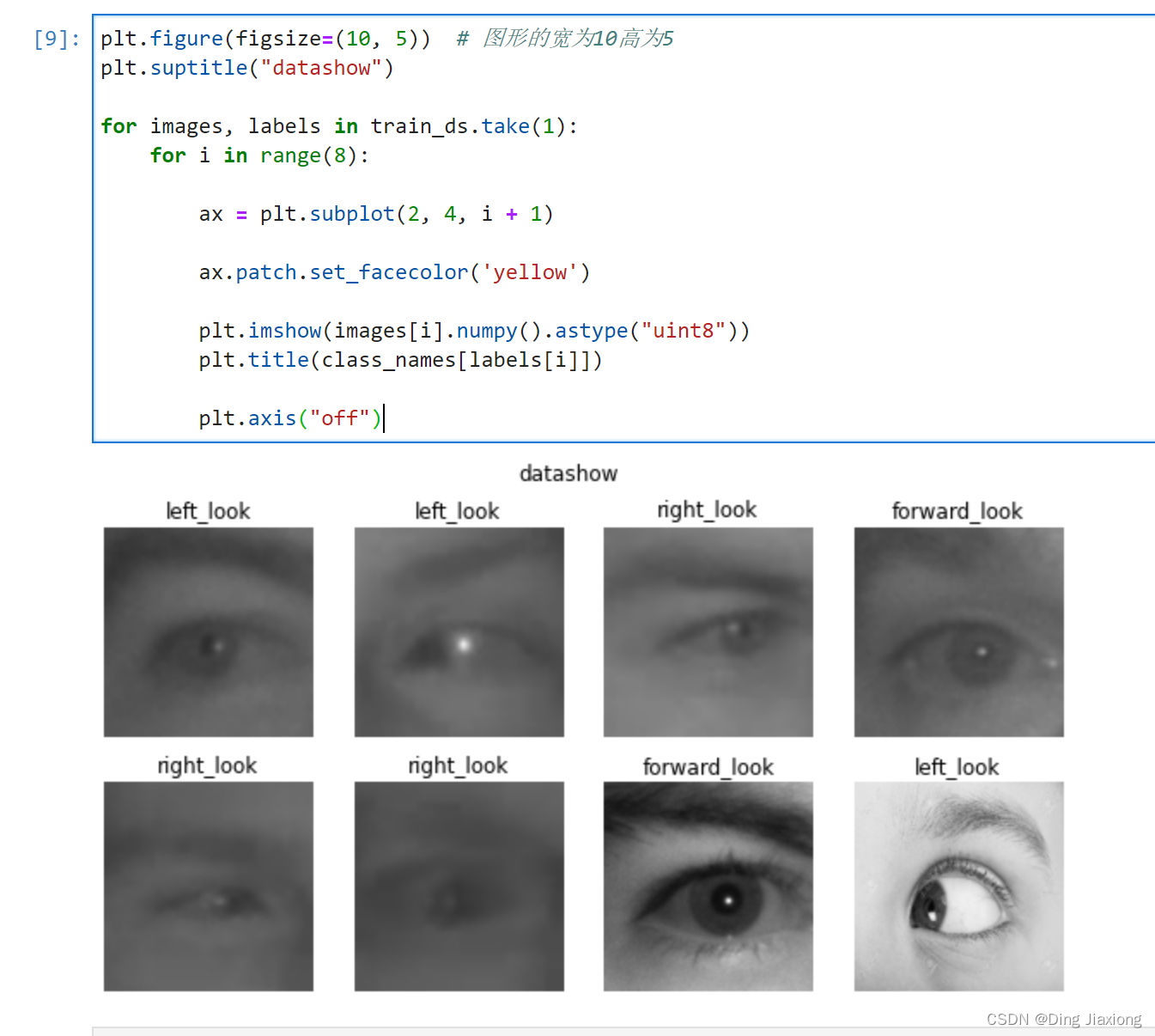
2.3 再次检查数据
for image_batch, labels_batch in train_ds:
print(image_batch.shape)
print(labels_batch.shape)
break
- Image_batch是形状的张量(8,224,224,3)。这是一批形状240x240x3的8张图片(最后一维指的是彩色通道RGB)。
- Label_batch是形状(8,)的张量,这些标签对应8张图片
2.4 配置数据集
shuffle():打乱数据。
prefetch():预取数据,加速运行。
cache():将数据集缓存到内存当中,加速运行。
AUTOTUNE = tf.data.AUTOTUNE
train_ds = train_ds.cache().shuffle(1000).prefetch(buffer_size=AUTOTUNE)
val_ds = val_ds.cache().prefetch(buffer_size=AUTOTUNE)
3. 调用官方模型
model = tf.keras.applications.VGG16()
# 打印模型信息
model.summary()
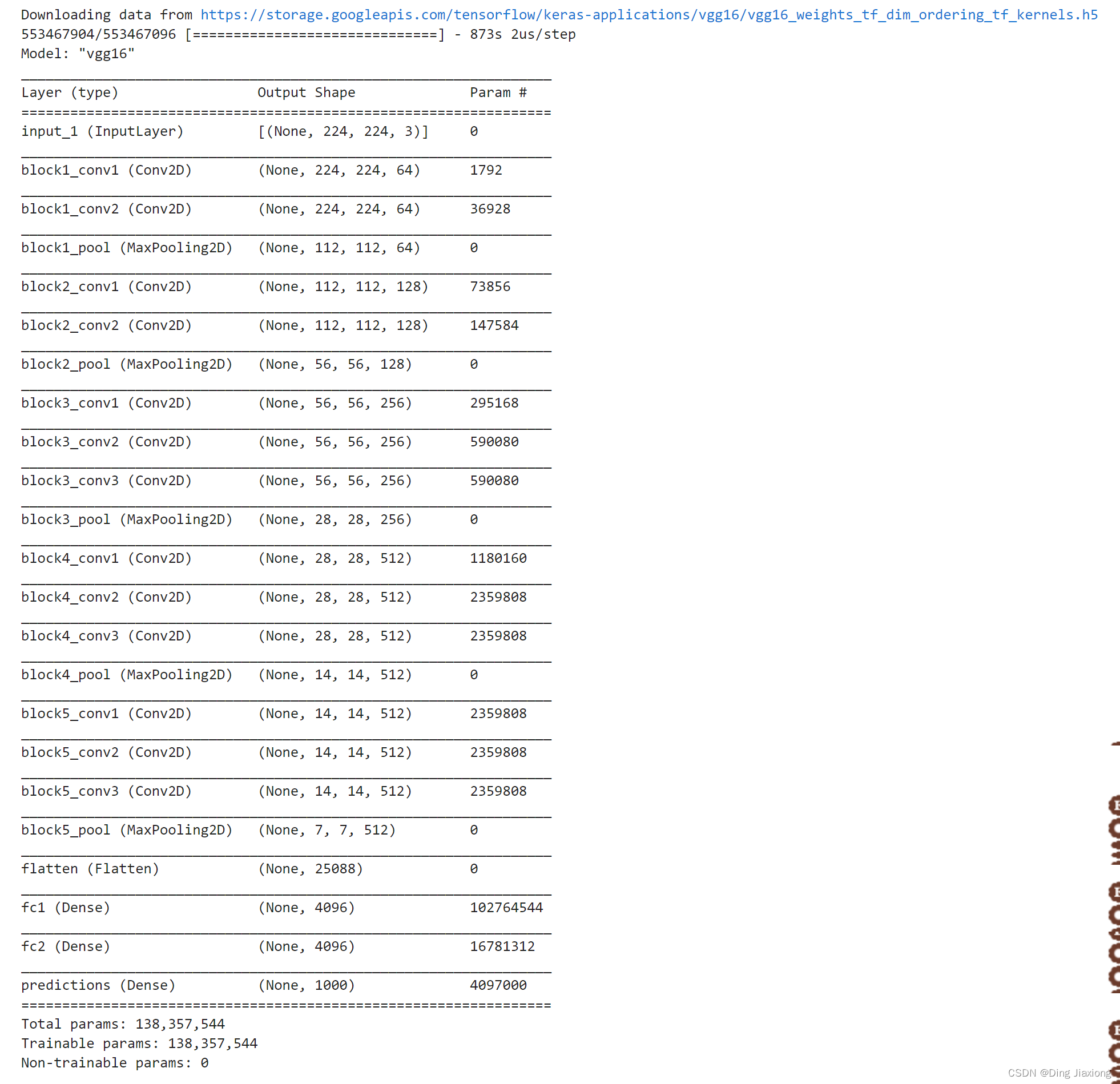
4. 设置动态学习率
- 学习率大
- 优点:1、加快学习速率。2、有助于跳出局部最优值。
- 缺点:1、导致模型训练不收敛。2、单单使用大学习率容易导致模型不精确。
- 学习率小
- 优点:1、有助于模型收敛、模型细化。2、提高模型精度。
- 缺点:1、很难跳出局部最优值。2、收敛缓慢。
注意:这里设置的动态学习率为:指数衰减型(ExponentiaIDecay)。假设1个epoch有100个batch(相当于100step),20个epoch过后,step==2000,即step会随着epoch累加。计算公式如下:
learning _rate = initial_learning_rate *decay_rate ^(step / decay_steps)
# 设置初始学习率
initial_learning_rate = 1e-4
lr_schedule = tf.keras.optimizers.schedules.ExponentialDecay(
initial_learning_rate,
decay_steps=20, # 敲黑板!!!这里是指 steps,不是指epochs
decay_rate=0.96, # lr经过一次衰减就会变成 decay_rate*lr
staircase=True)
# 将指数衰减学习率送入优化器
optimizer = tf.keras.optimizers.Adam(learning_rate=lr_schedule)
5. 编译
- 损失函数(loss):用于衡量模型在训练期间的准确率。
- 优化器(optimizer) :决定模型如何根据其看到的数据和自身的损失函数进行更新。
- 评价函数(metrics) :用于监控训练和测试步骤。以下示例使用了准确率。即被正确分类的图像的比率。
model.compile(optimizer=optimizer,loss ='sparse_categorical_crossentropy',metrics = ['accuracy'])
6. 训练模型
epochs = 10
history = model.fit(train_ds,validation_data=val_ds,epochs=epochs)
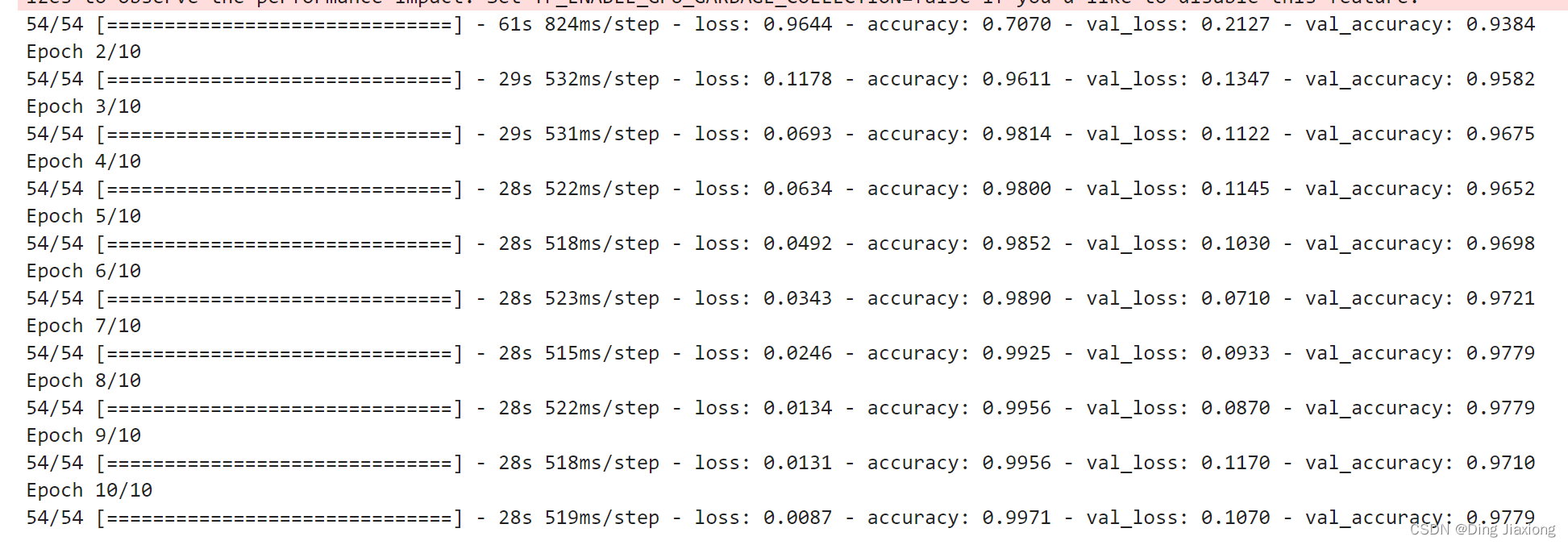
7. 模型评估
7.1 Accuracy图与Loss图
acc = history.history['accuracy']
val_acc = history.history['val_accuracy']
loss = history.history['loss']
val_loss = history.history['val_loss']
epochs_range = range(epochs)
plt.figure(figsize=(12, 4))
plt.subplot(1, 2, 1)
plt.plot(epochs_range, acc, label='Training Accuracy')
plt.plot(epochs_range, val_acc, label='Validation Accuracy')
plt.legend(loc='lower right')
plt.title('Training and Validation Accuracy')
plt.subplot(1, 2, 2)
plt.plot(epochs_range, loss, label='Training Loss')
plt.plot(epochs_range, val_loss, label='Validation Loss')
plt.legend(loc='upper right')
plt.title('Training and Validation Loss')
plt.show()
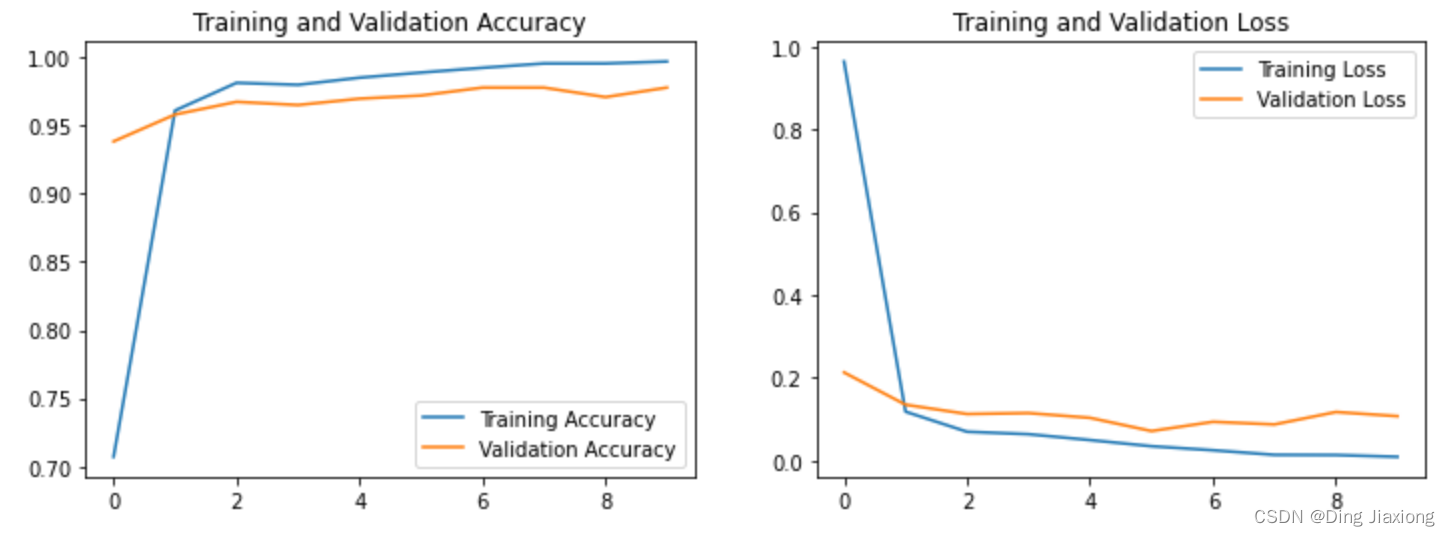
7.2 混淆矩阵
Seaborn是一个画图库,它基于Matplotlib核心库进行了更高阶的API封装,可以让你轻松地画出更漂亮的图形。Seaborn 的漂亮主要体现在配色更加舒服、以及图形元素的样式更加细腻。
from sklearn.metrics import confusion_matrix
import seaborn as sns
import pandas as pd
# 定义一个绘制混淆矩阵图的函数
def plot_cm(labels, predictions):
# 生成混淆矩阵
conf_numpy = confusion_matrix(labels, predictions)
# 将矩阵转化为 DataFrame
conf_df = pd.DataFrame(conf_numpy, index=class_names ,columns=class_names)
plt.figure(figsize=(8,7))
sns.heatmap(conf_df, annot=True, fmt="d", cmap="BuPu")
plt.title('hunxiaojuzhen',fontsize=15)
plt.ylabel('real',fontsize=14)
plt.xlabel('predict',fontsize=14)
val_pre = []
val_label = []
for images, labels in val_ds:#这里可以取部分验证数据(.take(1))生成混淆矩阵
for image, label in zip(images, labels):
# 需要给图片增加一个维度
img_array = tf.expand_dims(image, 0)
# 使用模型预测图片中的人物
prediction = model.predict(img_array)
val_pre.append(class_names[np.argmax(prediction)])
val_label.append(class_names[label])
plot_cm(val_label, val_pre)
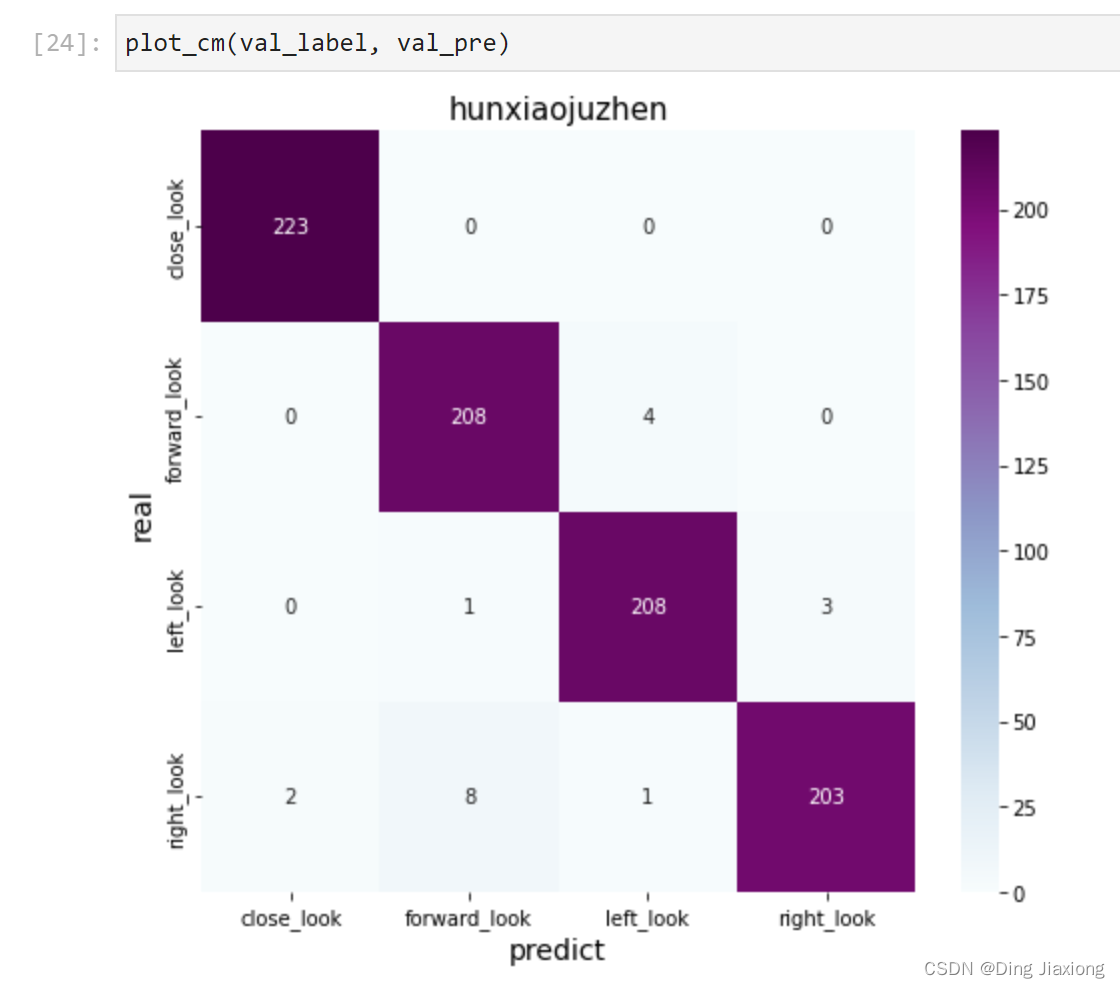
8. 保存和加载模型
# 保存模型
model.save('model/17_model.h5')
# 加载模型
new_model = tf.keras.models.load_model('model/17_model.h5')
9. 预测
# 采用加载的模型(new_model)来看预测结果
plt.figure(figsize=(10, 5)) # 图形的宽为10高为5
plt.suptitle("result_predict")
for images, labels in val_ds.take(1):
for i in range(8):
ax = plt.subplot(2, 4, i + 1)
# 显示图片
plt.imshow(images[i].numpy().astype("uint8"))
# 需要给图片增加一个维度
img_array = tf.expand_dims(images[i], 0)
# 使用模型预测图片中的人物
predictions = new_model.predict(img_array)
plt.title(class_names[np.argmax(predictions)])
plt.axis("off")
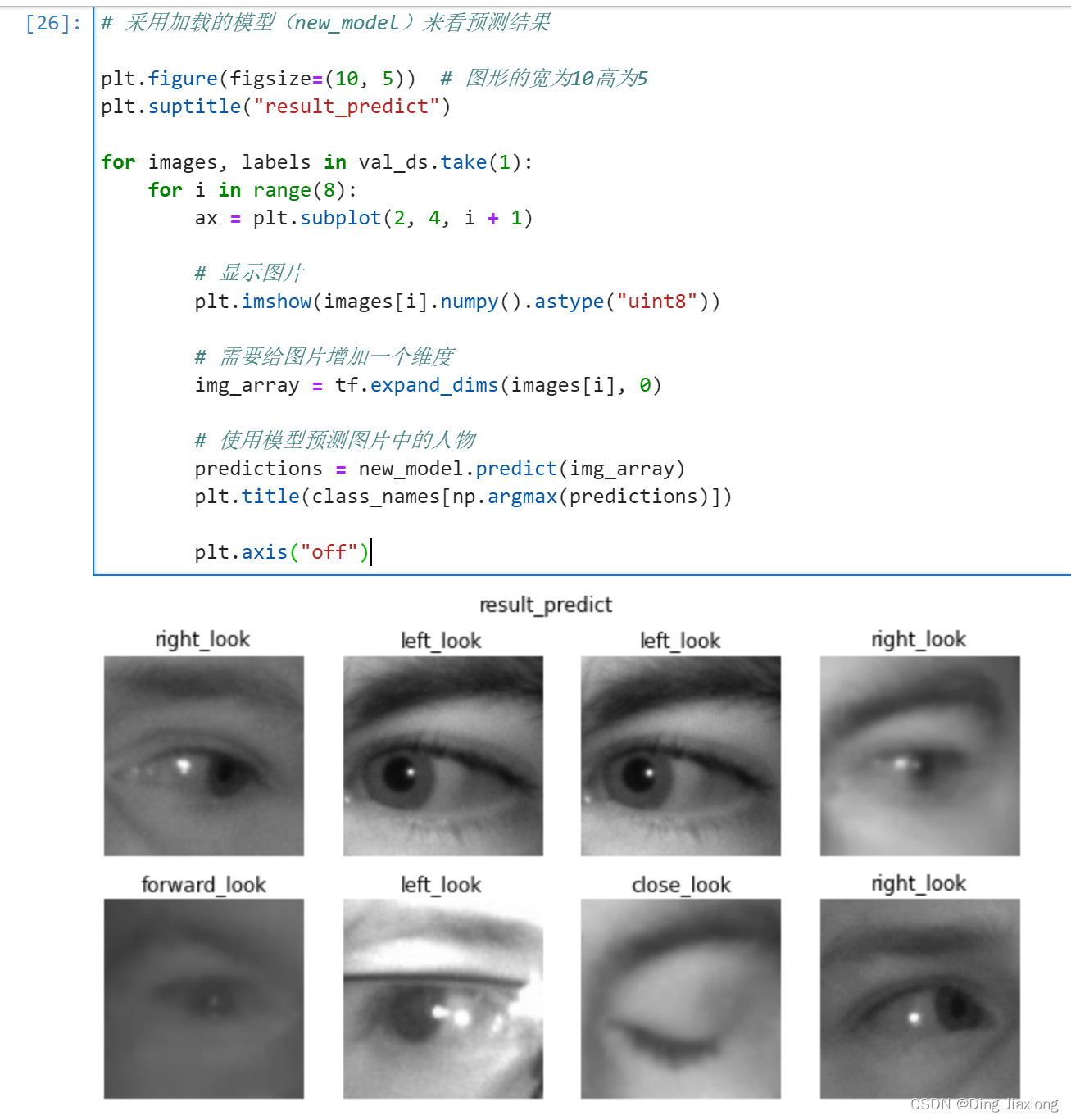
边栏推荐
- 持续集成/持续部署(2)Jenkins & SonarQube
- @RequiredArgsConstructor注解
- [UEFI]EFI_DEVICE_PATH_PROTOCOL 结构体初始化的一个例子
- nodejs微服务中跨域,请求,接口,参数拦截等功能
- Essential C# scripting skills for Unity developers
- What should I do if the mysql data query causes the cup to be full because the query time span is too large
- 【实战系列】OpenApi设计规范
- IPQ4019/IPQ4029 support WiFi6 MiniPCIe Module 2T2R 2×2.4GHz 2x5GHz MT7915 MT7975
- jenkins简单使用
- 关于架构的认知
猜你喜欢

【云原生】云原生在网络安全领域的应用
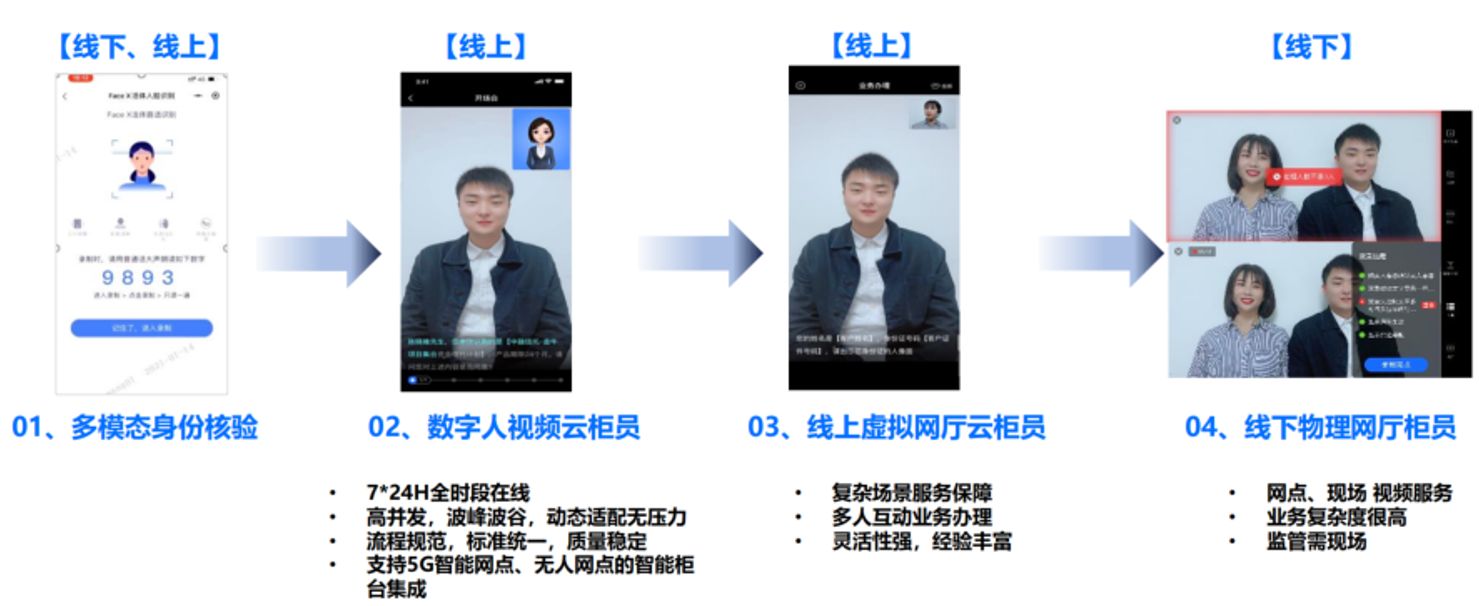
音视频+AI,中关村科金助力某银行探索发展新路径 | 案例研究

基于C#通过PLCSIM ADV仿真软件实现与西门子1500PLC的S7通信方法演示
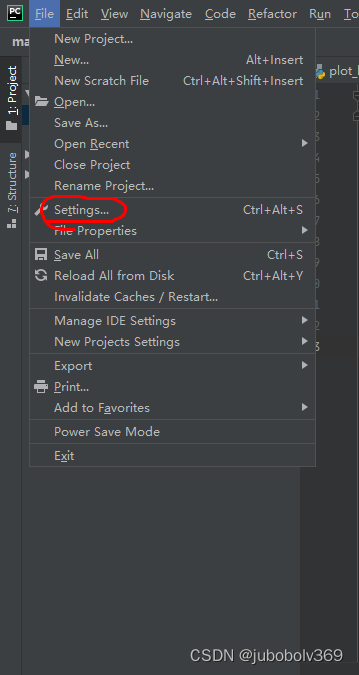
pycharm中绘图,显示不了figure窗口的问题
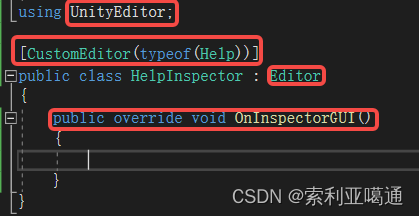
Unity3D——自定义类的Inspector面板的修改
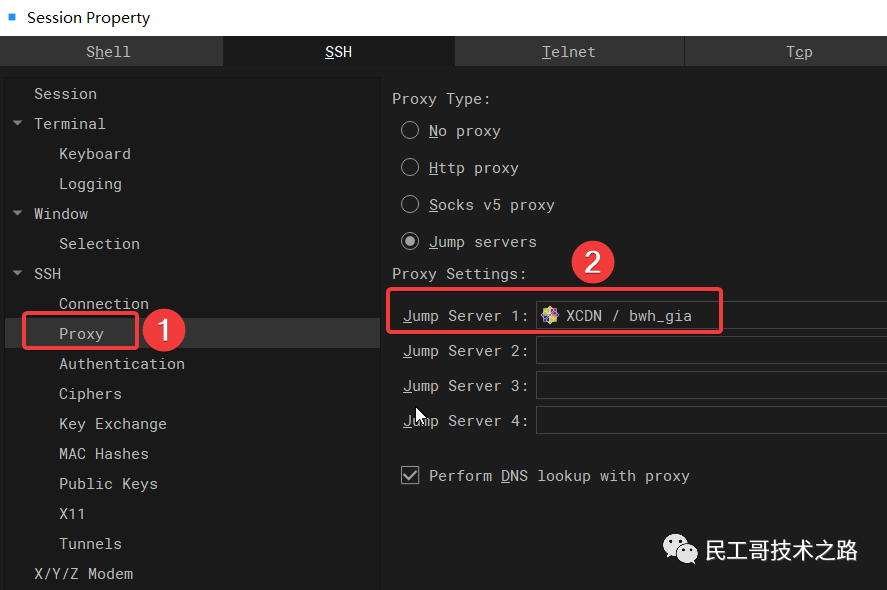
新一代开源免费的轻量级 SSH 终端,非常炫酷好用!
![[C语言] sscanf如何实现sscanf_s?](/img/aa/1060c8fd22b09bd6509f8bc41b316e.png)
[C语言] sscanf如何实现sscanf_s?
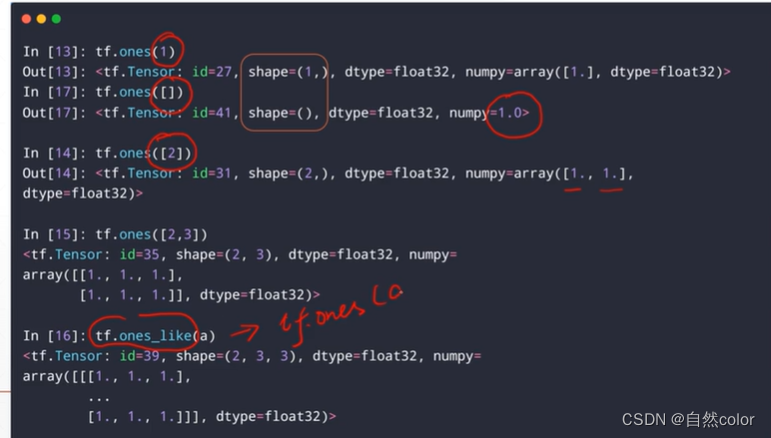
tensorflow 基础操作1(tensor 基本属性 , 维度变换,数学运算)
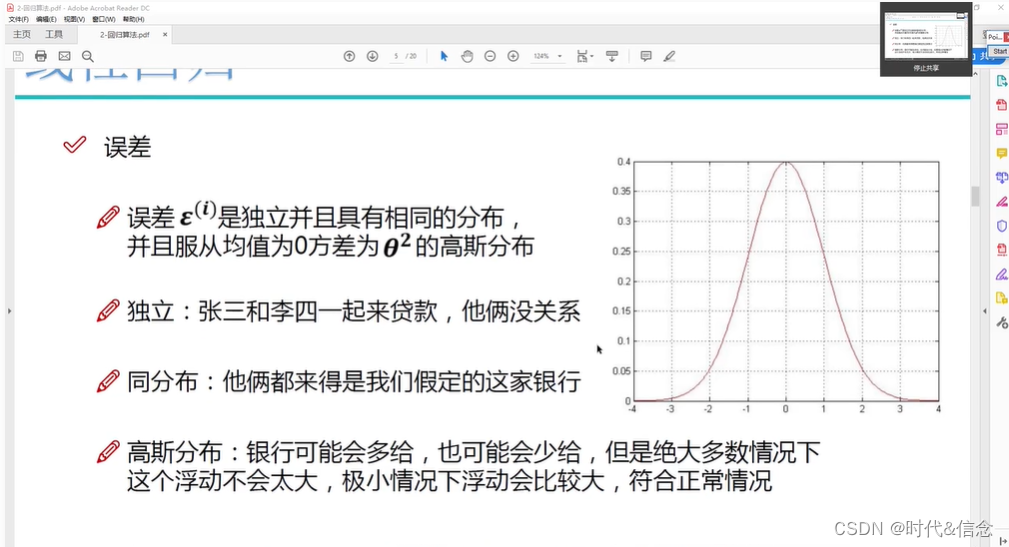
Machine Learning Summary (2)
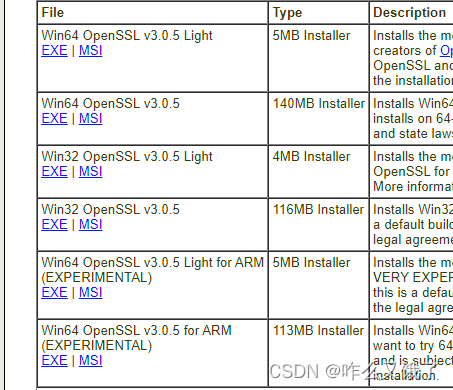
go-grpc TSL authentication solution transport: authentication handshake failed: x509 certificate relies on ... ...
随机推荐
向日葵安装教程--向日葵远程桌面控制
go-grpc TSL authentication solution transport: authentication handshake failed: x509 certificate relies on ... ...
通过Xshell连接Vagrant创建的虚拟机
【系统梳理】微服务的注册和发现中心
基础SQL——DDL
Openlayers 聚合图、权重聚合图以及聚合图点击事件
Unity3D——自定义类的Inspector面板的修改
Kotlin算法入门计算素数以及优化
基于 VIVADO 的 AM 调制解调(2)工程实现
C Primer Plus(6) 中文版 第1章 初识C语言 1.6 语言标准
专题讲座8 字符串(一) 学习心得
Unity3D - modification of the Inspector panel of the custom class
迷你图书馆系统(对象+数组)
tensorflow 基础操作1(tensor 基本属性 , 维度变换,数学运算)
UNITY gameobject代码中setacvtive(false)与面板中直接去掉勾 效果不一样
SDUT 2877: angry_birds_again_and_again
Jupyter Notebook 插件 contrib nbextension 安装使用
For the first time, I suspect that there is a bug in selenium4 because the iframe element is not found?
ImportError: /usr/local/cuda-11.2/lib64/libcublas.so.10: version `libcublas.so.10‘ not found
Design of Cluster Gateway in Game Server